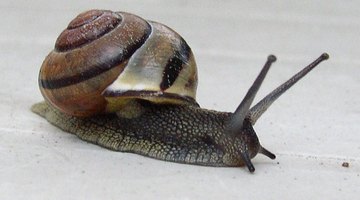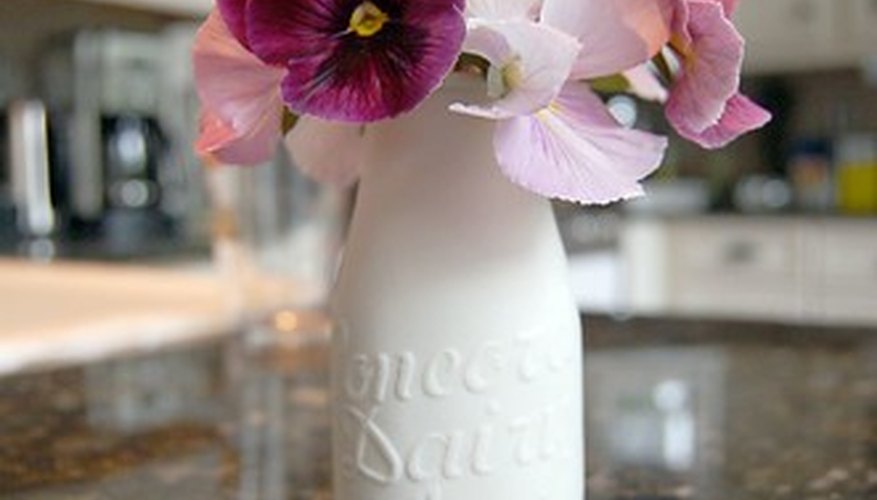Although a relatively trouble-free plant, pansies are sometimes eaten by aphids, slugs and sparrows, which sometimes eat off the head of the flower.
Prevention/Solution

Discourage aphid invasion by spraying plants with a mixture of 15 parts water to 1 part dish soap and 1 part rubbing alcohol. Discourage slugs by removing mulch, which promotes overly moist conditions. Sparrows may be discouraged by spraying plants with a mixture of water and ashes from cigarettes.
Identification

Pansies are known for their five petals and round shape. They typically come in one of three colour patterns: solid yellow or blue, a single colour with black lines coming from the centre, and a solid colour with a dark centre.
- Although a relatively trouble-free plant, pansies are sometimes eaten by aphids, slugs and sparrows, which sometimes eat off the head of the flower.
- They typically come in one of three colour patterns: solid yellow or blue, a single colour with black lines coming from the centre, and a solid colour with a dark centre.
Habitat
Pansies naturally grow in the South and Southwest during the winter months and in the North during the summer months. Pansies are annuals, which need to be planted every year; they prefer to be planted in full sun.
Tips
To encourage healthy soil, do not plant pansies in the same area more than three years in a row.
Fun Facts
Pansies are completely edible and are commonly added to foods as a garnish.
